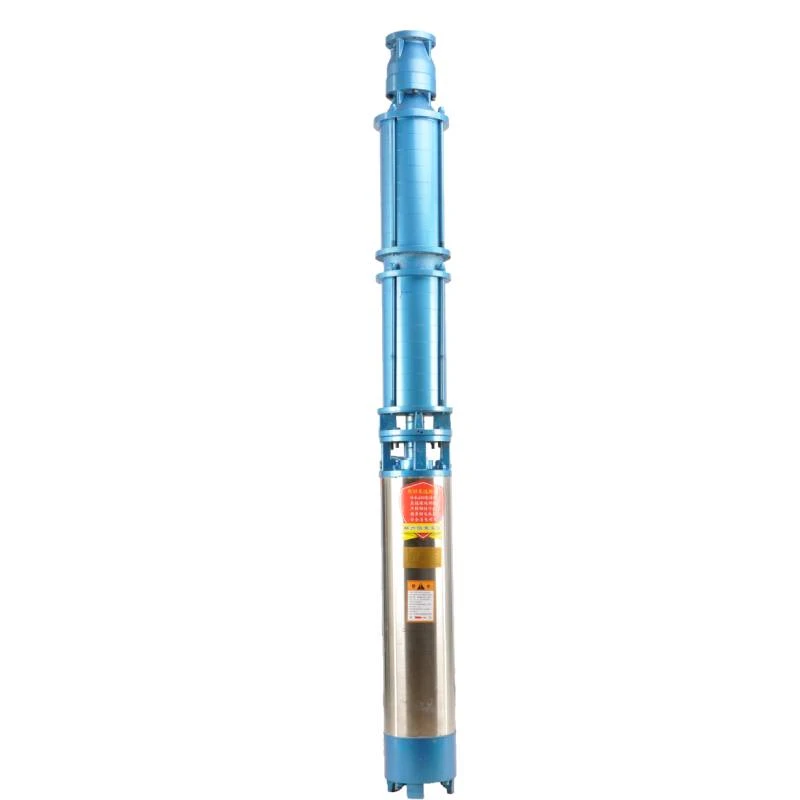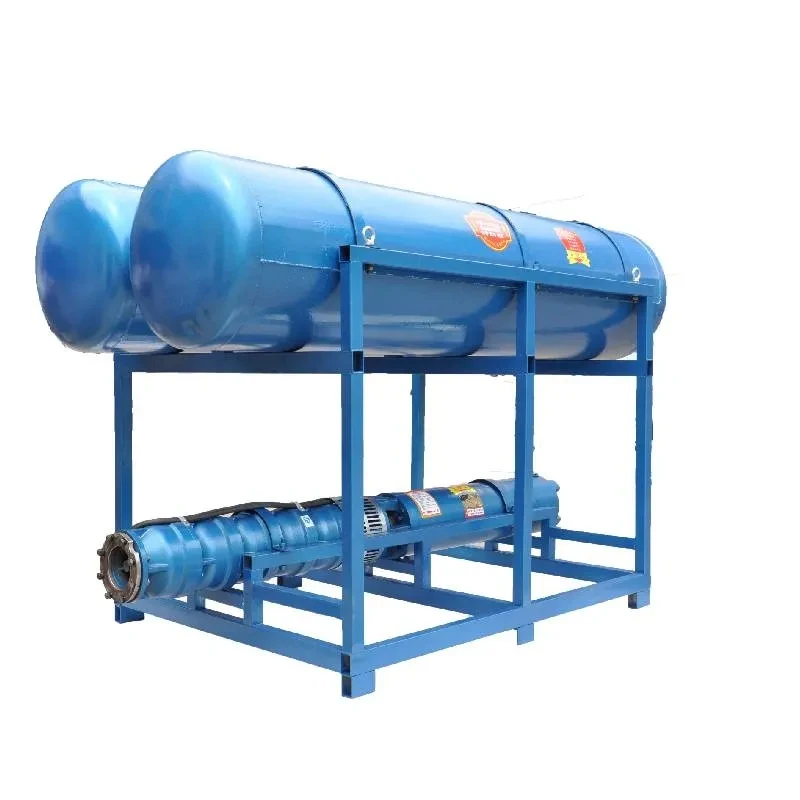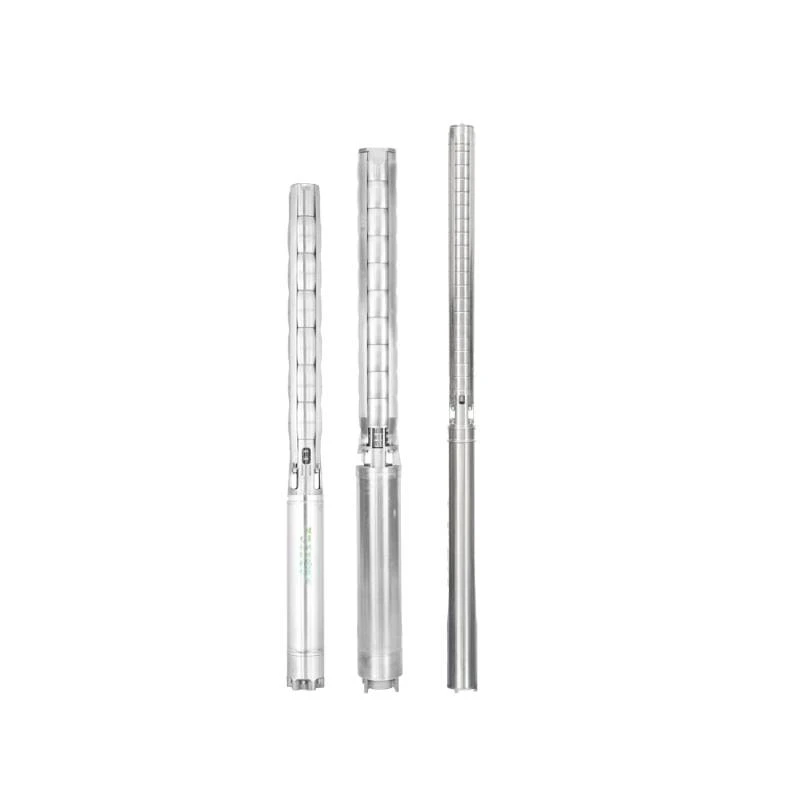Nov . 28, 2024 00:04 Back to list
Guidelines for Installing a Submersible Pump in a Deep Water Well System
Installing a Submersible Pump in a Deep Water Well
Installing a submersible pump in a deep water well can seem like a daunting task. However, with the right tools, knowledge, and a systematic approach, you can successfully complete this project and ensure reliable water supply for your needs. This article will guide you through the steps involved in the installation process, from preparation to final checks.
Understanding Submersible Pumps
A submersible pump is a type of pump designed to be fully submerged in water. Unlike surface pumps, which operate above the water level, submersible pumps are installed underwater, allowing them to efficiently push water to the surface. These pumps are commonly used in deep wells, as they are capable of lifting water from significant depths.
Step 1 Assess Your Well
The first step in the installation process is to assess the well's depth and water quality. Knowing the depth of the water level is crucial, as it will determine the type and size of submersible pump you’ll need. Additionally, you should test the water for contaminants. If the well water is known to be high in sand or sediment, consider a pump with a protective screen to prevent debris from entering.
Step 2 Select the Right Pump
Once you have assessed your well, the next step is to choose the appropriate submersible pump. The pump's capacity should match your water needs, which can be measured in gallons per minute (GPM). Take into account the depth of the well, total dynamic head (the height the water needs to be lifted), and flow rate. Selecting a pump with the right horsepower and voltage is essential for efficiency and functionality.
Step 3 Gather Tools and Materials
Before starting the installation, gather all necessary tools and materials. You will typically need
- A submersible pump - PVC or polyethylene pipe - A pump control box (if needed) - Electrical wire and connectors - A check valve - A wrench set - A rope or cable for lowering the pump - A safety harness and goggles
Having all tools on hand will make the installation process smoother and more efficient.
installing a submersible pump in a deep water well

Step 4 Prepare the Well
To prepare the well for pump installation, ensure that the well casing is clean and free of debris. If necessary, flush the well with water to remove any particulate matter. Next, you may need to install a mounting plate or base for the pump to sit on, ensuring that it is stable and secured.
Step 5 Install the Pump
Before lowering the pump into the well, attach the appropriate PVC or polyethylene pipe to the pump outlet. This is essential to transport the water from the pump to the surface. Ensure that all connections are tightly sealed to prevent leaks.
In this step, safety is paramount. Use a sturdy rope or cable to lower the pump gently into the well. Do not drop the pump, as this can damage the unit or cause misalignment. Lower the pump until it reaches the desired depth, ensuring it sits well above the bottom of the well to avoid drawing in sand and sediment.
Step 6 Connect Electrical Wiring
Once the pump is securely in place, it’s time to connect the electrical wiring. It’s crucial to follow local electrical codes and safety standards during this process. Connect the pump to the power supply through a control box, if required. Use waterproof connectors to protect the connections from moisture. It’s advisable to consult a qualified electrician if you are unsure about the electrical setup.
Step 7 Testing the System
After installation, it's essential to test the pump to ensure it operates efficiently. Turn on the power and check for any leaks or strange noises coming from the system. Monitor the flow rate to ensure it meets your needs. If you notice any issues, double-check all connections and settings.
Conclusion
Installing a submersible pump in a deep water well is a significant undertaking, but it can be accomplished with careful planning and execution. By understanding your well's requirements, selecting the right pump, and following a systematic approach, you can ensure a reliable water supply for your home or agricultural needs. If you encounter difficulties or lack the necessary skills, it’s always wise to consult with a professional to ensure optimal installation and safety.
-
Troubleshooting for Water-Filled Submersible Pumps
NewsJun.04,2025
-
Troubleshooting for Floating Deep Well Submersible Pumps
NewsJun.04,2025
-
How to Choose SS Submersible Pump for Deep Well Applications
NewsJun.04,2025
-
Floating Deep Well Submersible Pump Cost: Factors Affecting Pricing
NewsJun.04,2025
-
Buying Guide for Deep Well Submersible Pumps
NewsJun.04,2025
-
Best Submersible Pumps for Agriculture and Irrigation
NewsJun.04,2025
-
 Troubleshooting for Water-Filled Submersible PumpsSubmersible pumps are essential for various applications, including irrigation, drainage, and water supply systems.Detail
Troubleshooting for Water-Filled Submersible PumpsSubmersible pumps are essential for various applications, including irrigation, drainage, and water supply systems.Detail -
 Troubleshooting for Floating Deep Well Submersible PumpsWhen it comes to reliable water extraction solutions, the floating deep well submersible pumps stands out as a top choice for both residential and industrial applications.Detail
Troubleshooting for Floating Deep Well Submersible PumpsWhen it comes to reliable water extraction solutions, the floating deep well submersible pumps stands out as a top choice for both residential and industrial applications.Detail -
 How to Choose SS Submersible Pump for Deep Well ApplicationsWhen it comes to deep well water extraction, selecting the right pump is crucial for efficiency, durability, and long-term performance.Detail
How to Choose SS Submersible Pump for Deep Well ApplicationsWhen it comes to deep well water extraction, selecting the right pump is crucial for efficiency, durability, and long-term performance.Detail
